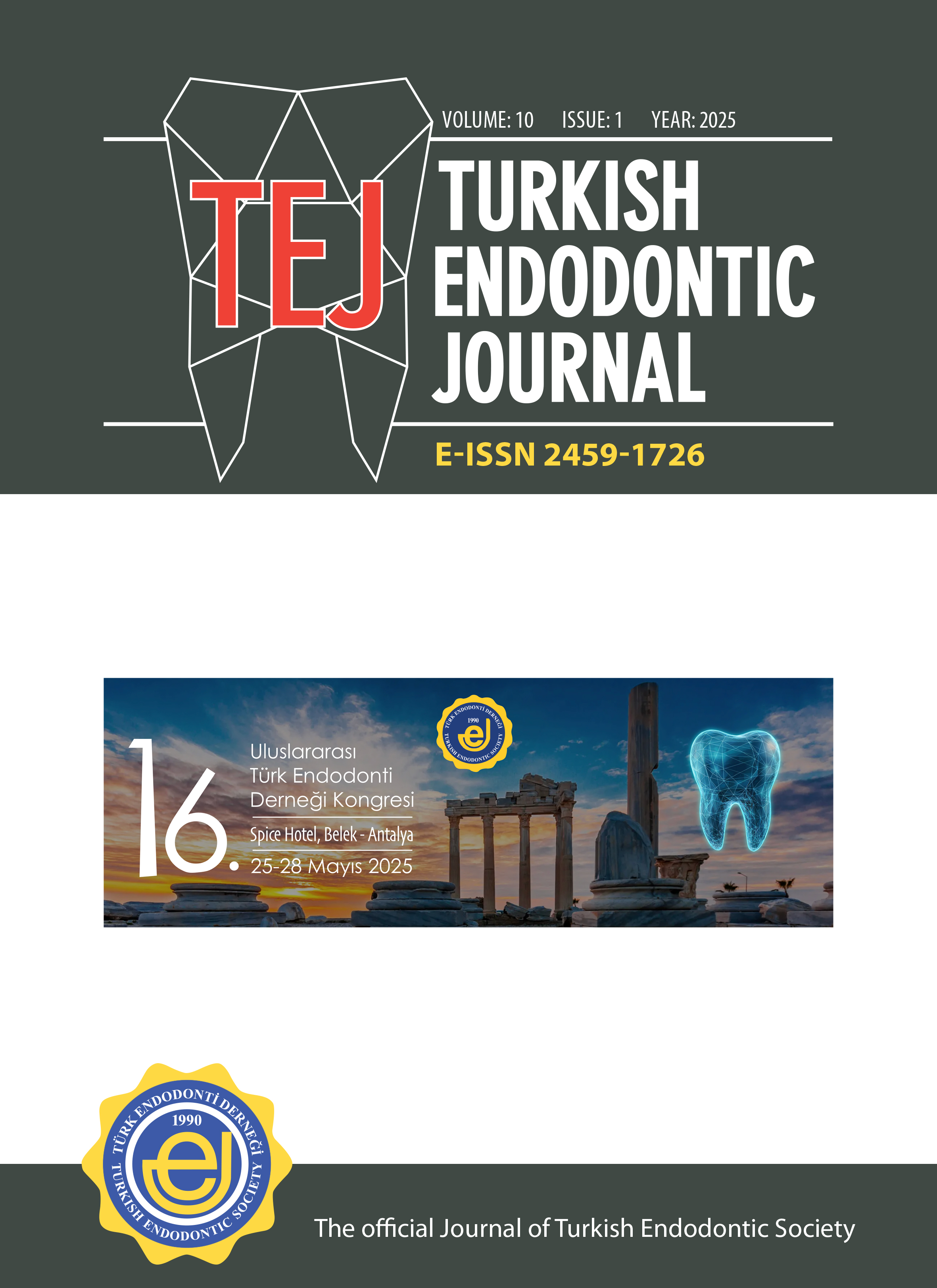Mandibular canine with Vertucci’s type II configuration: Report of a case with literature review
Apurva Satpute1, Mohit Zarekar2, Mohini Zarekar31Department of Conservative Dentistry and Endodontics, Govermental Dental College & Hospital, Chhatrapati, Sambhajinagar, India2Department of Pediatric Dentistry, Private Pedodontic practice, Ahilyanagar, India
3Institute of Tropical Medicine and International Health, Charité University of Medicine, Berlin, Germany
The mandibular canine typically possesses a single root and a single root canal. Nonetheless, there has been a significant increase in data indicating differences in its anatomy, including the existence of multiple roots & canals. The aim of this article is to discuss a case of root canal therapy in a mandibular canine exhibiting Vertucci’s type II configuration and review related literature. A 50-year-old woman reported with the chief complaint of pain in a lower right front tooth. Clinical and radiographic examination revealed that tooth 43 was diagnosed with chronic irreversible pulpitis accompanied by symptomatic apical periodontitis. A meticulous radiographic examination indicated the existence of two canals. Cone-beam computed tomography was performed, which revealed the presence of two canals converging into a single channel in the apical third. Endodontic therapy was performed in two stages after using calcium hydroxide as an intracanal dressing. Literature review was conducted to identify the most pertinent studies. Moreover, the assessment of the canals needed to not only identify the existence of an additional canal but also determine its internal structure using Vertucci’s classification. According to the literature review, the majority of research studies concur that type I is the most prevalent design. The predominant classification among the two canals was type II followed by type III, some research also indicated the presence of two roots. This case study highlights the importance of having an in-depth knowledge of root canals and their variations. The prevalence of extra canals in the mandibular anterior region is increased due to advancements in 3D radiographic technologies and magnification devices. Accurate comprehension and sometimes modification of the access cavity is necessary.
Keywords: Anatomic variation, mandibular canine, morphologic variation, root canal treatment.
Manuscript Language: English



















